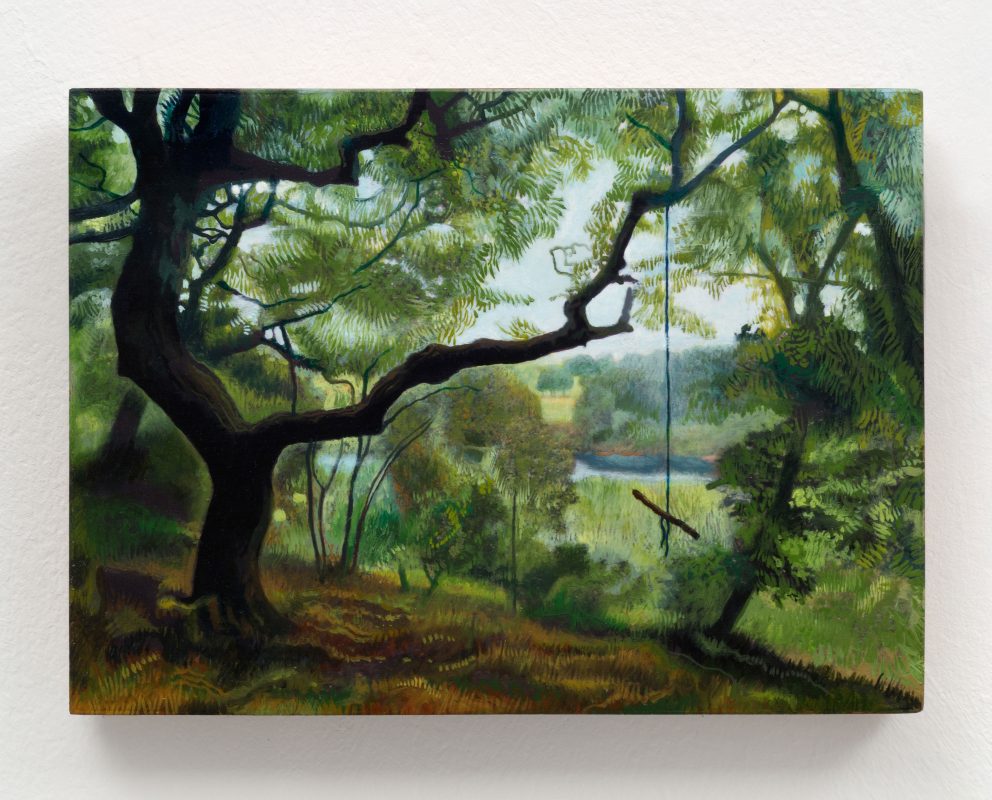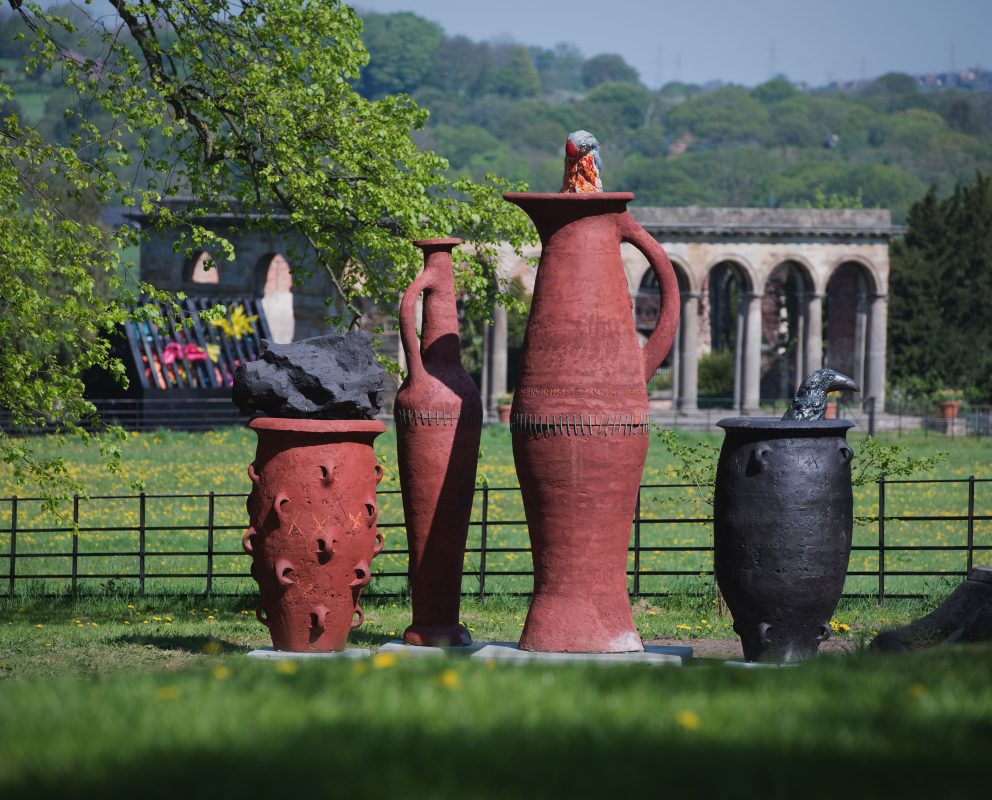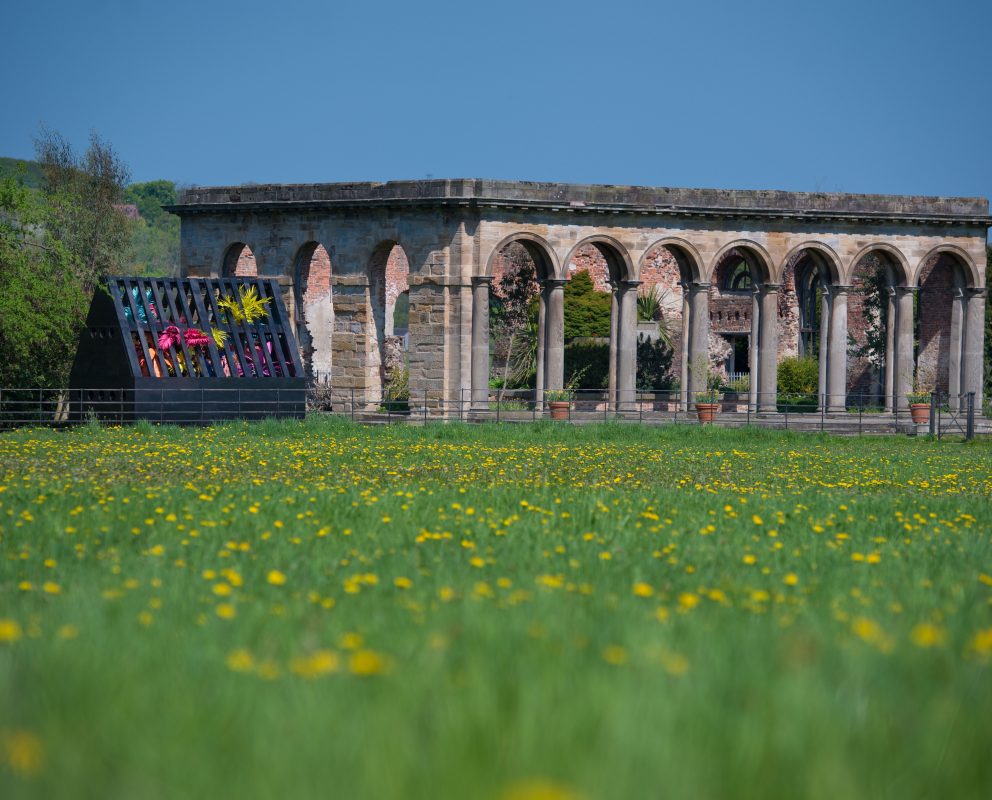Principal and Co-investigators
Prof. Andrew Burton (PI)
Prof. Andrew Newman (CI)
Prof. Vee Pollock
Judith King (Senior Research Associate)
Dr Niki Black (Research Associate)
Dr Nick Cass (Research Associate)
Dr Rebecca Farley (Research Associate)
Research Organisations
Newcastle University
University of Leeds
Funding sources
AHRC
Dates of funding
2017-2019
‘Mapping Contemporary Art in the Heritage Experience’ (MCAHE) is an interdisciplinary research project that critically examines the role and practice of temporary visual art commissioning within heritage properties in Britain today, mapping the current landscape and exploring the impact of this activity on its producers and audiences. It approaches this subject from multiple perspectives, bringing together the knowledge and experience of a wide project team including scholars, artists, heritage professionals, volunteers and visitors.
Art commissioning has always been linked with Britain’s great historic properties. Recent decades have seen many heritage organisations vigorously re-engaging with contemporary art, investing in this as a way of developing new opportunities for public engagement with heritage properties and their histories. Within the heritage sector, including for our project partners, the National Trust, English Heritage and the Churches Conservation Trust, contemporary art commissioning is seen as an innovative means of re-establishing the historic connection between the built and material heritage held in their collections and the spirit of arts, crafts and architectural commissioning through which these unique buildings were originally created.
Claims made for the value of such engagement and the benefits this brings for artists, heritage organisations and their audiences typically focus on the potential of contemporary art to generate new audiences for heritage sites; increase visitor numbers; challenge and excite existing audiences and open up the heritage experience to alternative narratives (what Tom Freshwater from the National Trust’s ‘Trust New Art’ programme has referred to as ‘lateral’ as oppose to ‘literal’ interpretation).
However, the actual impact of such projects on their producers and audiences is poorly understood. MCAHE seeks to address this issue through a series of interviews with focus groups, heritage site visitors, site staff and volunteers, and to add to the collective professional understanding of the broader character of the contemporary arts in heritage field and its commissioning practices. The research also seeks to trace the historical trajectory and scope of this emerging branch of art practice, mapping its development and creating an overview of current activity.
For many artists, undertaking commissions for heritage properties is an increasingly important strand within their practice. Can such projects be thought of as a distinct mode of practice involving particular creative approaches? To explore this, a key part of our project is the commissioning of six new temporary art commissions for some of the North East’s most distinctive heritage properties: Cherryburn, a National Trust property in Northumberland, birthplace of the 18th Century engraver Thomas Bewick has commissioned work by artists Mark Fairnington and Marcus Coates; Gibside, a large-scale National Trust estate on the fringes of Gateshead and home of the 18th Century heiress Mary Eleanor Bowes, has commissioned new work by Andrew Burton and Fiona Curran; Belsay Hall, a neo-Classical hall in Northumberland managed by English Heritage, has commissioned new sound work by Susan Philipsz; and Holy Trinity Church, a Georgian church in Sunderland owned by the Churches Conservation Trust, has commissioned a new installation by Matt Stokes. Each artist has responded to the particular histories of these properties, logging their artistic journeys through online research blogs and qualitative interviews, revealing how their creative process is challenged by working in a new situation and with heritage sector partners. The MCAHE artworks can be visited on-site during the summer of 2018 (Marcus Coates’s work is commissioned for 2019).
As public facing research, Mapping Contemporary Art in the Heritage Experience aims to benefit practitioners, organisations and heritage visitors as well as other academics working in the contemporary arts and heritage field, including creative-practice led researchers. We aim to stimulate new discourses about contemporary arts in heritage practice in the UK and internationally as well as providing much needed new knowledge for the sector, including for its funders and policy makers. A project conference and accompanying exhibition in July 2019 will draw together stakeholders and academics whilst the project’s website will map the development of contemporary art projects in heritage sites over the last three decades.
For more information visit the research project website here.
Close




